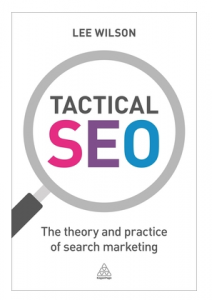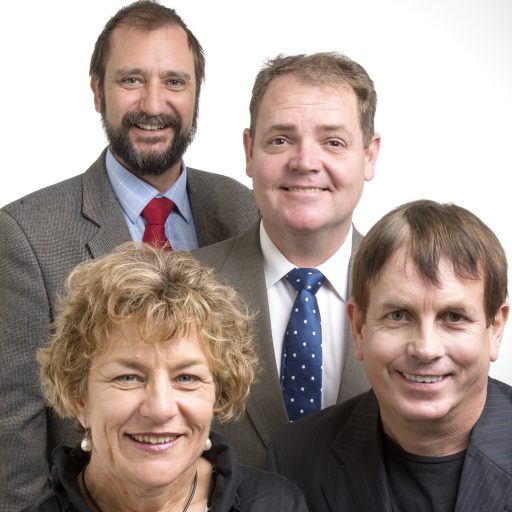
Detail of Mary-Kate Khoo’s Bed of Roses from Avant Garden 2007.
Research by our own Andrew Mason and Dr Rebecca Scollen shows that it pays to take a risk by adding innovative fringe events to mainstream festivals to increase engagement and involvement amongst local residents.
Their study of the community’s involvement in the quirky ‘Avant Garden’, part of the mainstream Carnival of Flowers in Toowoomba, Queensland, has shown that innovative ideas at mainstream festivals can deepen community engagement and widen appeal of the main event. This deeper engagement has implications for place-making and perceptions of identity by residents.
Avant Garden was held from 2007 to 2010, when the southern Queensland region, and the Carnival of Flowers, was suffering from the effects of a 10-year drought.
Andrew and Rebecca aimed to investigate the role of a grassroots initiative in engaging local people in an innovative place-making fringe festival to determine if such fringe events could contribute to place-making through marketing and engagement. They found that:
- Fringe festivals can play an important role in broadening the capacity and appeal of the main festival
- They can improve the capacity for the local community to build local identity
- Fringe festivals can trigger longer term innovations to place branding
The important takeaway for regional event managers of this paper is that innovative grass-roots initiatives like Avant Garden can provide authentic, and therefore more effective, methods to get more of the community involved in their local festival, and involved in a deeper way.
The bottom-up approach used by Avant Garden organisers was shown to strengthen the links between place and identity for local people attending the event. Respondents described Avant Garden as ‘quirky’, a good way of showcasing local talent, and a good way to bolster the drought-affected Carnival of Flowers. Andrew and Rebecca found that Avant Garden provided a connection to local public parks for some people who had come to the Carnival specifically this part of the festival, many of them first time Carnival of Flowers attendees.
The research supports the effect of community-generated innovation in regional events, and along with that innovation, some risk taking.
Andrew and Rebecca used observation and a survey of 504 people (13% of total visitors and three quarters of them local people) to come up with their conclusions. Their paper has been published in the Journal of Place Management and Development.




 Organisations with effective change and communication programs are about 3.5 times more likely to outperform industry peers.
Organisations with effective change and communication programs are about 3.5 times more likely to outperform industry peers. Are you overlooking an important source of ideas and connections with target publics for your PR campaign?
Are you overlooking an important source of ideas and connections with target publics for your PR campaign? Dreamworld owners, Ardent Leisure, have been accused of failed crisis communication. Even Ardent Leisure CEO, Deborah Thomas, stated that she could have better handled the communication.
Dreamworld owners, Ardent Leisure, have been accused of failed crisis communication. Even Ardent Leisure CEO, Deborah Thomas, stated that she could have better handled the communication.

